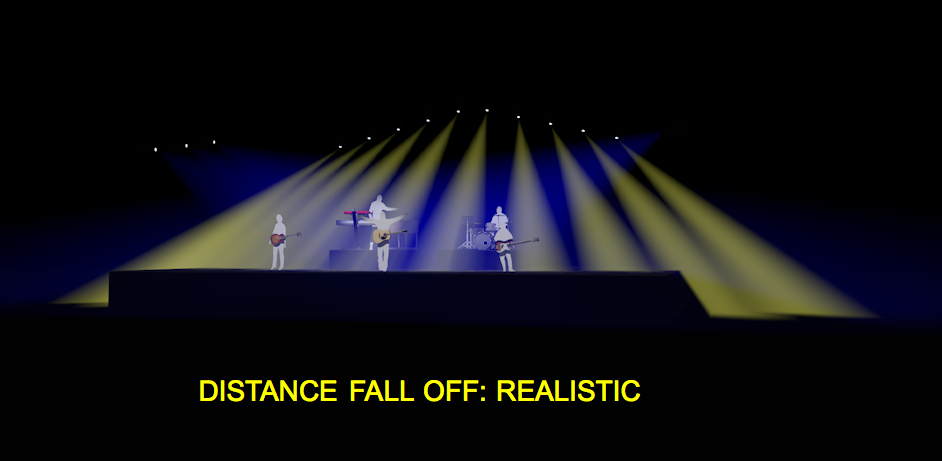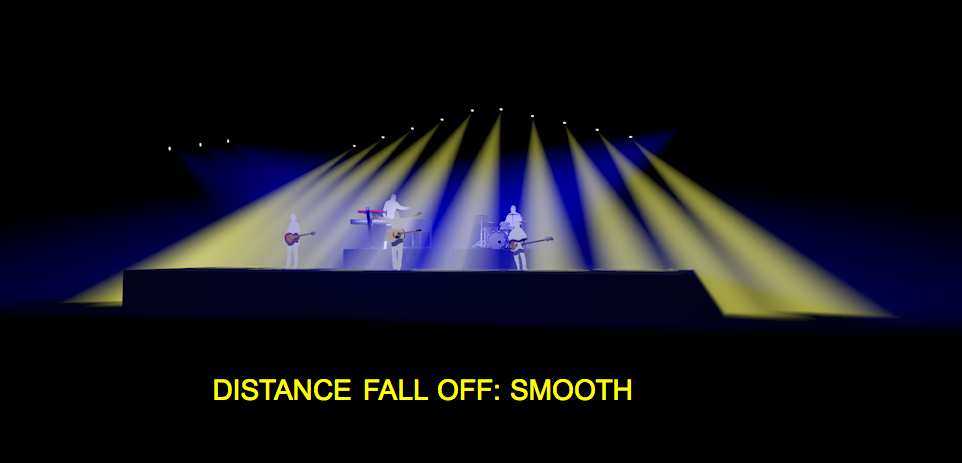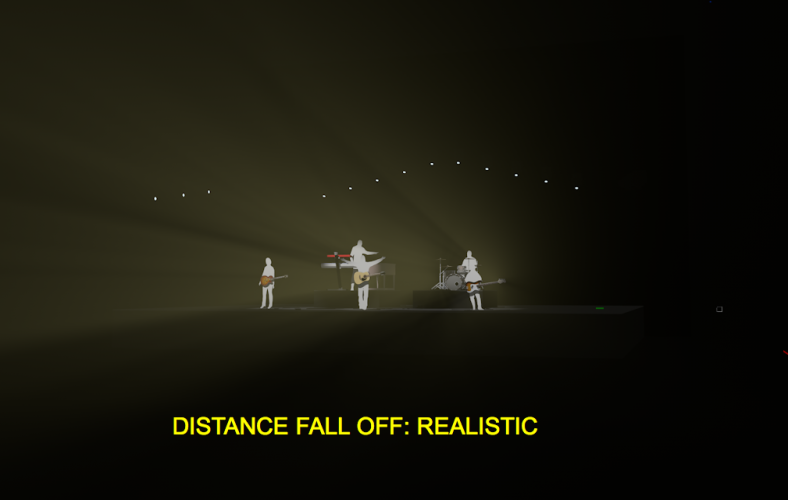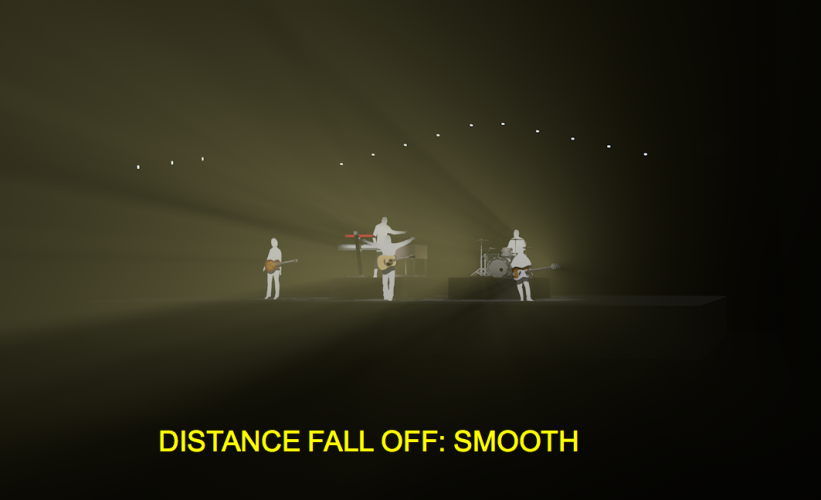Search the Community
Showing results for tags 'volumetric'.
-
Since the introduction of the current rendering engine, volumetric lighting effects, which are crucial to presenting concepts to clients in the entertainment industry, have been sorely lacking. This functionality is available in the rendering engine in Cinema4D but the necessary parameter controls are not available to VectorWorks users. There are several real time visualizers (Vision, Light Converse, MA3D, Wysiwyg) that produce results that are far and away superior to anything VW can do currently. Having to rely on other expensive and time consuming applications simply to produce this one crucial effect (which by the way worked much better in VW2010 and earlier) is a serious weakness to an otherwise great platform. For those that are not aware of the issue, I will explain it as this: 1.) A beam of light exiting a lighting fixture should appear to originate at the same dimension as the aperture from which it is emitting. In other words, If the lens of a lighting fixture is 8" in diameter, the origination of the beam of light should also be 8" in diameter. Currently the beam of light originates as a pinpoint. Completely unrealistic. 2.) A beam of light in nature follows the law of squares. In the simplest of terms, the light is brightest where it originates and then falls off in intensity over distance. Currently VW appears to deal with a volumetric cone of light as a piece of geometry. The larger the cone, the brighter it appears. The result of this is that the beam of light is then, in fact, dimmest at it's origination point and gets brighter as the beam widens which is exactly how lights do not behave in the real world. A program such as Vision produces both of these results quite well and do it in real time using OpenGL. Using the render engine in VW to produce volumetric effects takes a very long time and the end results are far from satisfactory. I am certainly not suggesting that OpenGL is the solution, however, it is unfathomable to me that a program as expensive as VW that markets itself to entertainment professionals is so completely lacking in a feature upon which a majority of those professional rely to sell concepts to their clients. Attached are images comparing the 2010 rendering engine to 2015. Nothing has much changed since 2015. The quality of the volumetric space is much more smooth and less granular than in 2010, but you can clearly see the difference the fall off. Also note that neither 2010 nor the 2015 examples address the aperture.
- 54 replies
-
- 6
-

-
- volumetric
- rendering
-
(and 2 more)
Tagged with:









